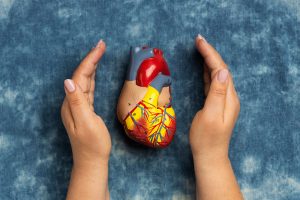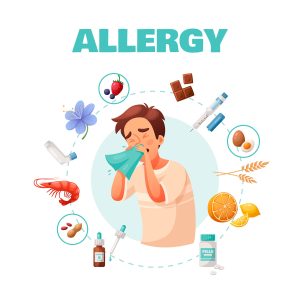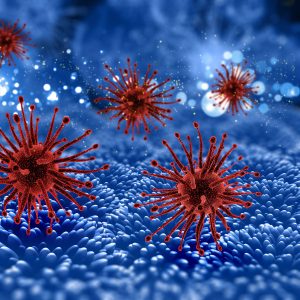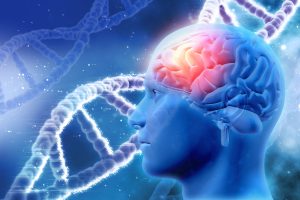1 Sudden Cardiac Death in the Young: The Silent Threat
When we hear of a young, healthy-looking athlete collapsing on the field or a teenager dying unexpectedly in sleep, the shock is immense. How can someone so full of life die suddenly? The answer often lies in a tragic and silent condition known as Sudden Cardiac Death (SCD).
2 What Is Sudden Cardiac Death?
Sudden Cardiac Death (SCD) refers to an unexpected death due to cardiac causes occurring within a short time — usually within one hour of symptom onset — in a person without a known heart disease or with previously stable heart function.
It is not the same as a heart attack (which is caused by blocked arteries). In SCD, the heart suddenly stops beating effectively due to an electrical disturbance — most commonly ventricular fibrillation.
3 Who Is at Risk?
Although SCD is more common in older adults with coronary artery disease, it can — and does — occur in children, teenagers, and young adults.
In the young, the causes are usually structural, electrical, or genetic.
Common Causes in the Young
1. Hypertrophic Cardiomyopathy (HCM)
The most common cause of SCD in athletes.
The heart muscle becomes abnormally thick, making it harder for the heart to pump blood.
2. Arrhythmogenic Right Ventricular Cardiomyopathy (ARVC)
A genetic condition where the heart muscle is replaced by fat and fibrous tissue. Predisposes to dangerous arrhythmias.
3. Congenital Coronary Artery Anomalies
Abnormal origin or course of coronary arteries can compromise blood flow during exercise.
4. Long QT Syndrome and Other Channelopathies
These are electrical disorders of the heart without structural abnormalities.
Include Long QT, Brugada, and Catecholaminergic Polymorphic Ventricular Tachycardia (CPVT).
5. Myocarditis
Inflammation of the heart muscle, often following viral infections, can lead to fatal arrhythmias.
Warning Signs Often Missed
Many victims of SCD in the young show no prior symptoms. However, subtle warning signs can sometimes be present:
Fainting (especially during exercise or emotion)
Unexplained seizures
Chest pain or palpitations during exertion
Family history of sudden cardiac death or unexplained drowning
Any of these symptoms warrant prompt medical evaluation, ideally including ECG, echocardiogram, and sometimes genetic testing.
Can It Be Prevented? Yes — early detection saves lives. Here’s how:
1. Screening in Athletes
Pre-participation physicals and ECG screening can detect many silent abnormalities.
2. Family Screening
If one family member has a genetic heart condition, others should be screened.
3. Lifestyle and Awareness
Avoid performance-enhancing drugs and stimulants.
Stay aware of symptoms and family history.
4. AEDs (Automated External Defibrillators)
Widely available AEDs in schools, gyms, and sports arenas can be life-saving if cardiac arrest occurs.
The Takeaway
Sudden cardiac death in the young is rare but devastating. Awareness, screening, and rapid response are the keys to prevention.
Every fainting episode, every unexplained collapse, deserves attention — because sometimes, the first symptom can be the last.
“You can’t prevent what you don’t see — but you can learn to look for it.”
Dr. Monika Safaya
MBBS, MEM, MRCEM
Consultant – Emergency Medicine














